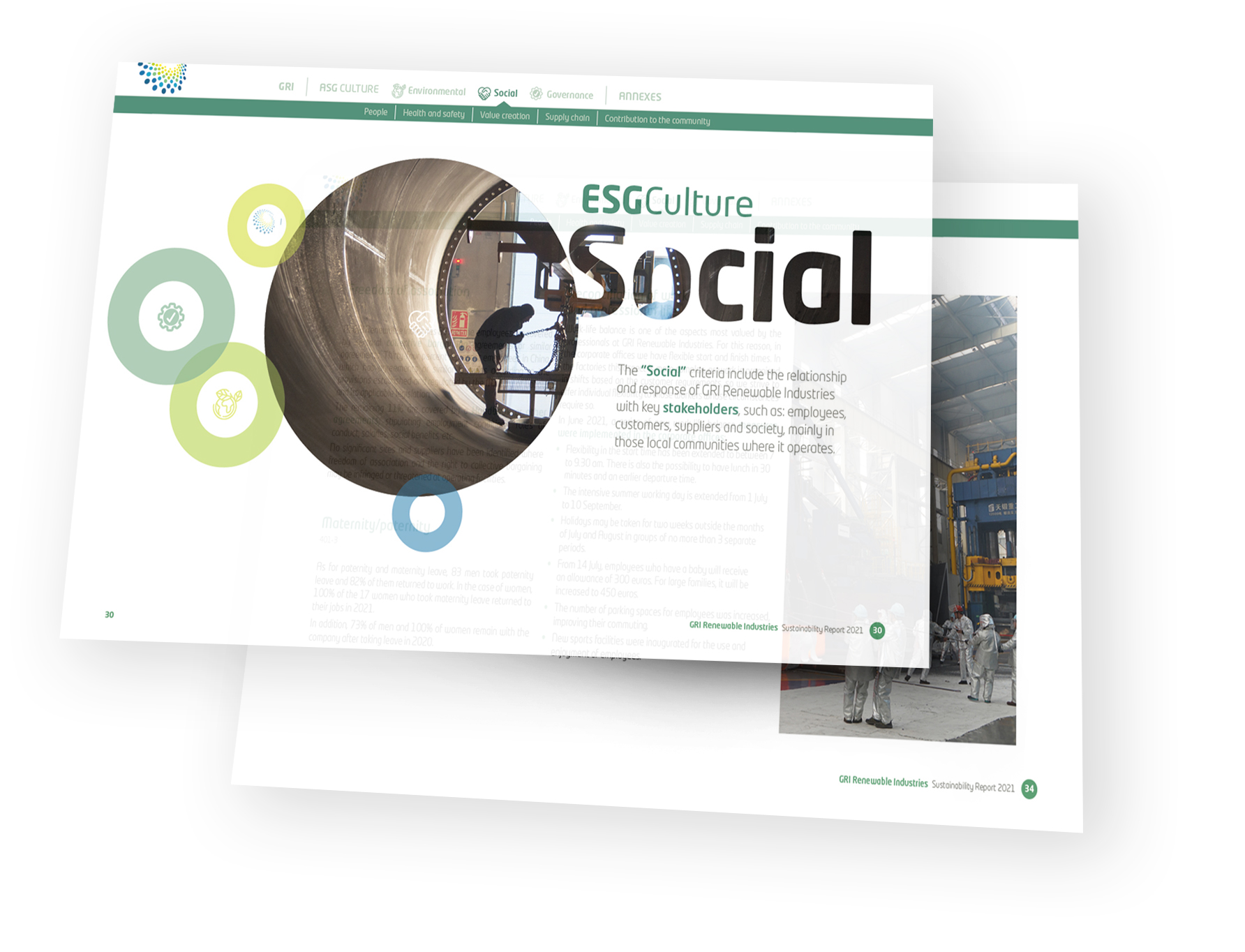

In 2021, the workforce at GRI Renewable Industries comprised of 4,121 own employees and 309 external collaborators. The total number of employees in 2021 is 4,430.
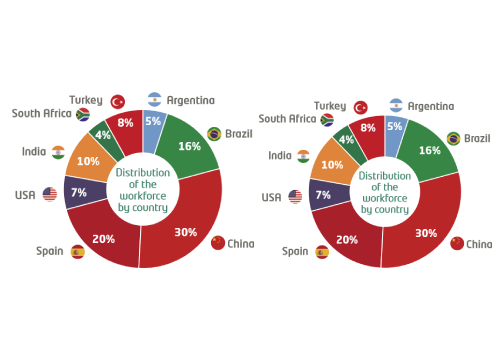
Diversity
At an international company such as GRI Renewable Industries, having a diversity of people with different perspectives, from different origins and different working models prevails, as they bring a great competitive advantage to the company.
Job stability
Job stability is a priority for GRI Renewable Industries. Although the last two years the company has been affected by the pandemic and temporary closures, employment has remained virtually unchanged from the previous year.
Freedom of association
At GRI Renewable Industries 89% of the employees are covered by sectoral collective bargaining agreements and the remaining 11% are covered by a Handbook or other agreements, stipulating employment conditions, rules of conduct, salaries, social benefits, etc.
Training and professional development
A total of 145,787 hours of training were delivered in 2021, an average of 35 hours per employee.
To GRI Renewable Industries, the Health and Safety of our employees is a strategic factor, and is always present in the decision-making process and in the development of work plans focused on the constant improvement of safety and working conditions in all production centres.
We prioritise the health and well-being of all our employees. We work under the umbrella of the Integrated Management System (IMS) based on the international standard ISO 45001. 69% of our factories are already certified.
IPRL: Excellence System for Health and Safety Management
The IPRL or Occupational Risk Prevention Index is a proprietary standard on Health and Safety implemented by GRI Renewable Industries since 2016 and a tool that allows a precise assessment of the Health and Safety performance of all production plants through common criteria, which include all the particularities of the different technologies and processes, as well as a process of good practices based on continuous improvement.
Monitoring indicators
At GRI Renewable Industries we continuously monitor the accident rate indicators, which are fully integrated into the IPRL structure. These indices relate to own workers as well as to external workers.
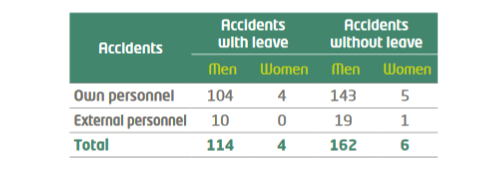
Training and awareness-raising
GRI Renewable industries provides all its employees with specific and high-quality training, which is necessary to perform all their tasks in the workplace with guarantees.
GRI Renewable Industries understands innovation as a factor of change and adaptation to new customer and market requirements, generating added value to the business and minimising its environmental impact.
Of particular note are the innovation centres in:
At GRI Renewable Industries we consider that investments in technology and continuous improvement through innovation are part of a commitment which yields significant benefits. Among others, it is worth noting important savings in the use of raw materials and natural resources, and less generation of waste, emissions and discharges. The initiatives carried out have a double focus: improving production processes, and digitization and Industry 4.0 projects.
In 2019, the “Digital WorkPlace” project began with the aim of adopting Microsoft technology and offering employees Office 365 work tools to continue advancing the company’s digital transformation.
In the third year of the project, 2021, a specific area was created within the organisation called Digital Workplace”. Among the actions carried out, we highlight the following:
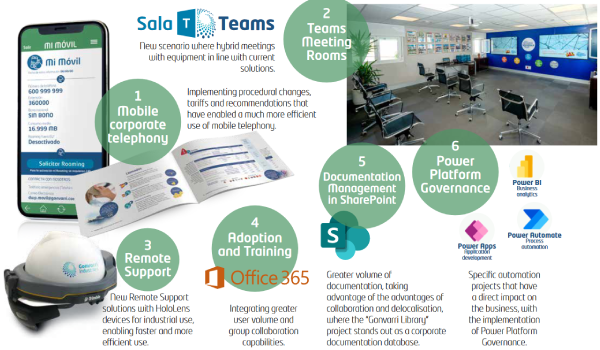
GRI Renewable Industries´ suppliers are an indispensable asset within the value chain, both for their importance in project planning and correct execution of projects, as well as in the company’s competitiveness by optimising the cost structure.
Therefore, our purchasing model aims to have the best suppliers, managed through procedures that ensure transparency, fair conditions and long-term relationships.
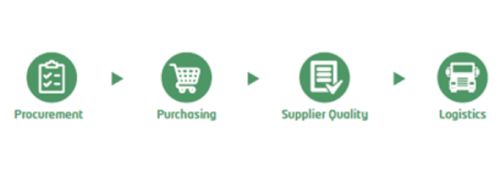
In 2021, the total number of qualified suppliers was increased to 431, of which: 293 suppliers are classified as fully reliable, 51 are considered as minimal risk and 49 as medium risk. The remaining suppliers are in the process of completing registration.
In addition, a total of 45 product, process and Quality Management System audits were carried out by the purchase, plant and corporate teams.
GRI Renewable Industries contribute to the development and generation of wealth in the communities in the countries where we are present through spending on local suppliers. In 2021, the total expenditure of suppliers reached 1,010,099,593 euros, where 89% corresponds to local agents.
Contribution from Corporate
One of GRI Renewable Industries’ priorities is to support local development in the areas where it operates. To this end, it establishes collaboration agreements with non-profit organisations to develop corporate and local activities of various kinds.

Local Contribution
GRI Renewable Industries focused its efforts on social action initiatives related to the areas of environment, sport, welfare, education and health. All its work has been aimed at the development and support of the societies where it is present.
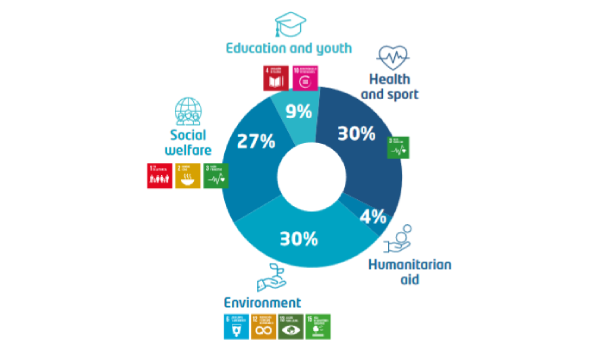
Following the launch of the United Nations Sustainable Development Goals (SDGs) in 2015, GRI Renewable Industries started a new leaf, in line with the 2030 Agenda, the SDGs and its core business, the manufacture of components for the wind industry.
It therefore defined and integrated important Environmental, Social and Governance (ESG) challenges into its strategy for a more profitable and sustainable future, firmly committed to long-term value creation and care for the environment.
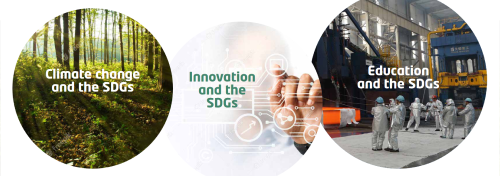

Por favor, gira tu móvil para navegar